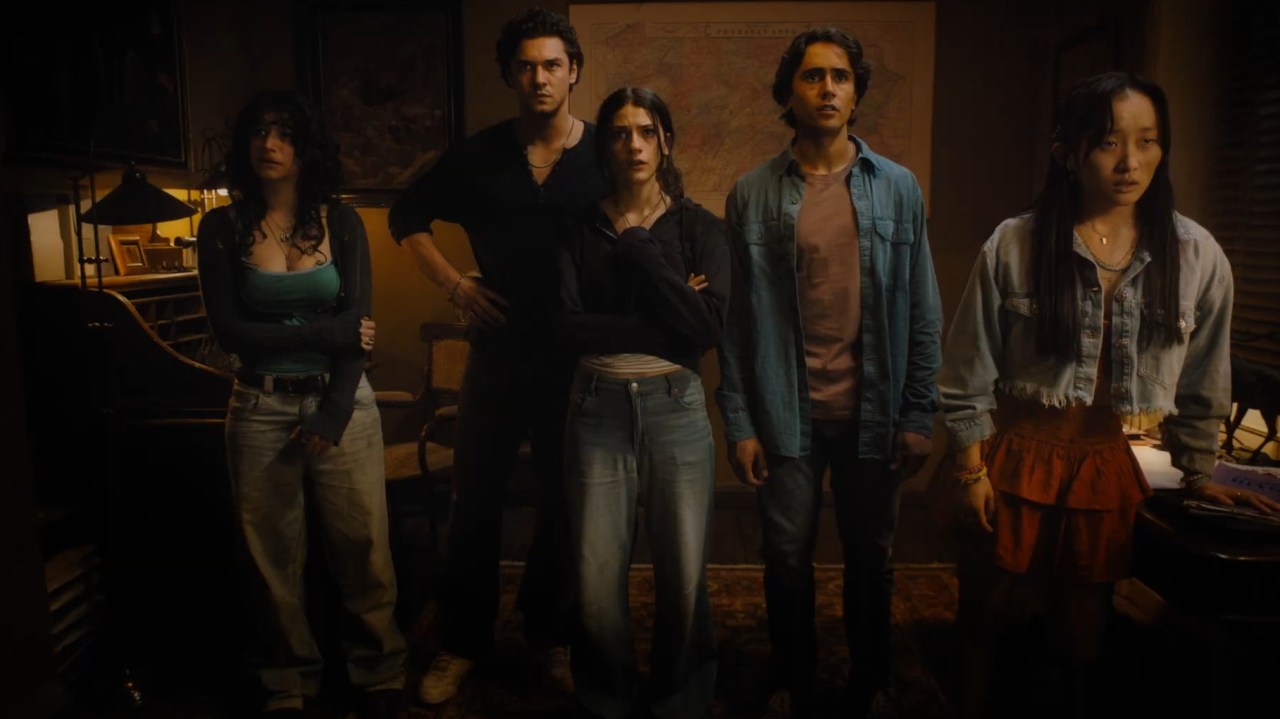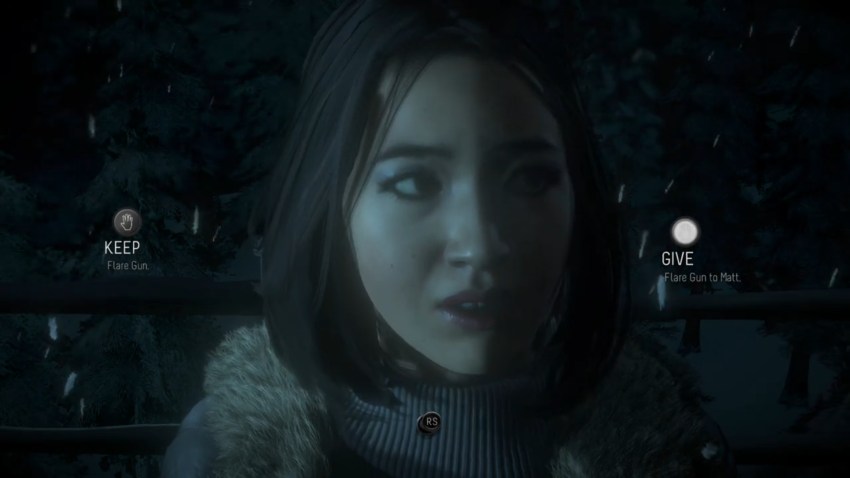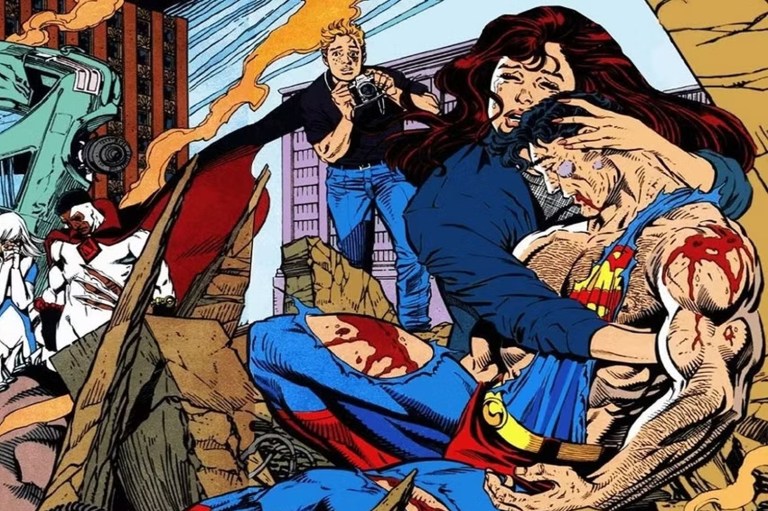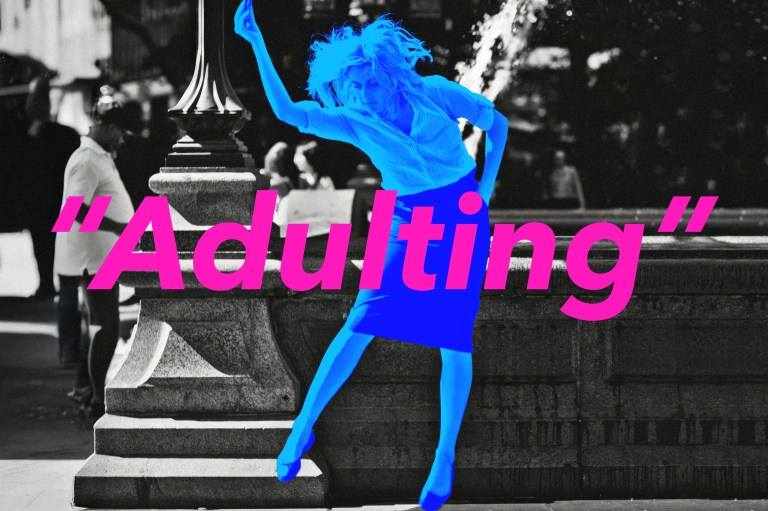
The ‘Until Dawn’ Movie Sounds Dumb
A recently released video gives us a first look at Until Dawn, an upcoming horror movie based on the extremely popular 2015 video game of the same name. Unfortunately, for fans looking to relive the experience of the game in movie form, it looks like the makers of the movie don’t understand why the game is so intense.
In the “first look” video, the director David F. Sandberg explains the basic structure of his Until Dawn film. He says that characters will die, but “the movie has this mechanic where things start over, and they get to try again.” So, it’s a Happy Death Day/Groundhog Day situation.
He says this is inspired by the idea that characters in the game can die in multiple different ways depending on the choices the player makes. This part is true, but that’s not why Until Dawn is such an amazing video game.
Until Dawn is not like a traditional game. As a player, you don’t play as a single protagonist who has many lives and numerous chances to clear a stage. Until Dawn is an interactive story in which the player is periodically given control of multiple characters, and the fate of each character depends on the choices the player makes. If a character dies, the story continues without them. There aren’t multiple lives, and there are no redos.
The game removes the ability to backtrack and choose a different path by not allowing players to manually save the game. The game saves automatically, and players are only given one save file. If they want to make a different choice, they have to start over from the very beginning, keeping in mind that the game takes many hours to complete.
If restarting in this way sounds exactly like what Sandberg said, that might be true from a certain perspective. It’s also true that the game designers encourage replayability by giving players a multitude of branching choices and multiple endings depending on the combinations of characters you did or didn’t save. But replayability of an entire game is much different from being able to change your choices on a single playthrough.

Until Dawn is agonizingly tense to play because it does everything it possibly can to make choices feel like they have a real impact. Split-second decisions are literally a matter of life and death within the story, even though you might not realize it at the time, and nothing can be undone. You just have to live with what you’ve done.
Sure, you can start the game all over again and try out different paths, but the intensity of that second playthrough is nowhere near what it felt like while playing the first time. Having multiple attempts to do something correctly undercuts the fear of horror. That’s true in video games, and it’s true in movies.
Speaking of Happy Death Day (2017), that’s a fun movie. However, it’s a horror comedy for a reason. It leans into the absurdity of having a character who can’t die, and that’s the best part of the story. There’s also a Japanese movie titled Re/Member (2022) which has a similar “die and try again” structure. It’s also entertaining, but it leans more into being a high-school drama than a terrifying horror movie because, again, the characters know that they won’t really die.
Of course, all of these movies, Until Dawn included, try to add stakes by making it so that the characters have limited attempts before they die for real. Often though, those attempts are too little, too late for trying to build any real tension in this style of film.
Hopefully the Until Dawn movie adaptation will be better than it sounds. David F. Sandberg previously directed Annabelle: Creation (2017) and the effective Lights Out (2016), so there’s a good chance that even if the story is disappointing, the movie will still be entertaining. It could very easily still be a good movie, it just doesn’t sound like it’s going to be a great representation of the game.
It’s just ironic that the Until Dawn first-look video brings up the fact that the game is very cinematic in its approach, yet the movie sounds like it’s being unnecessarily gamified.











